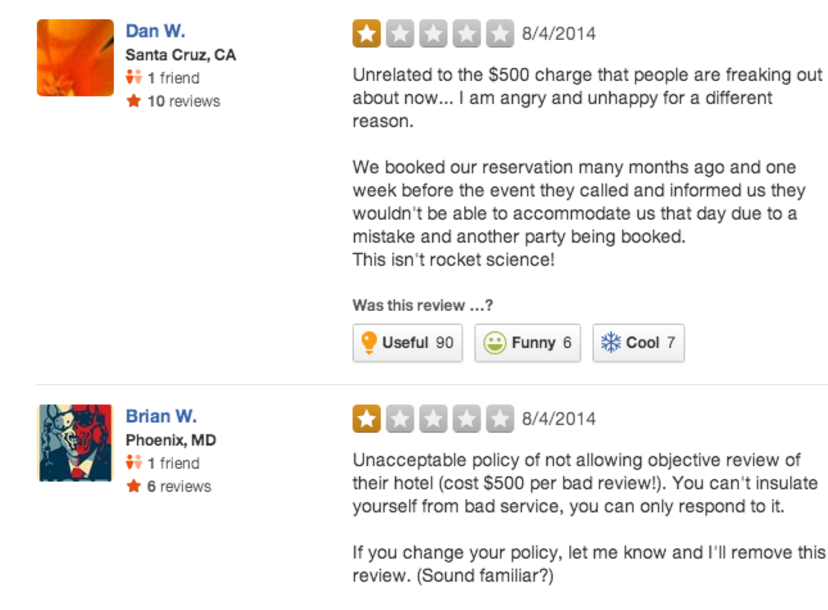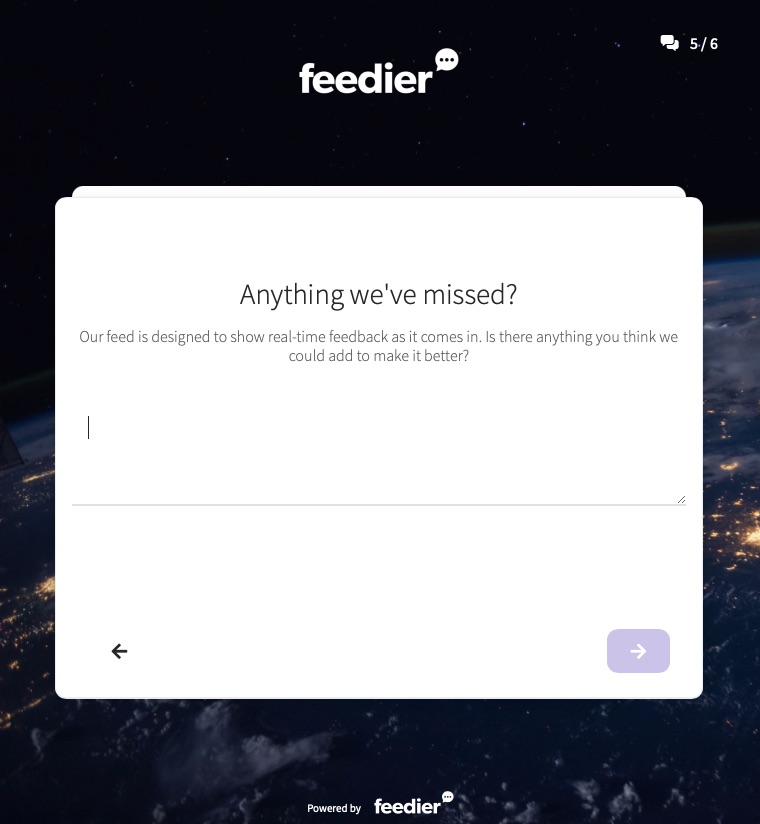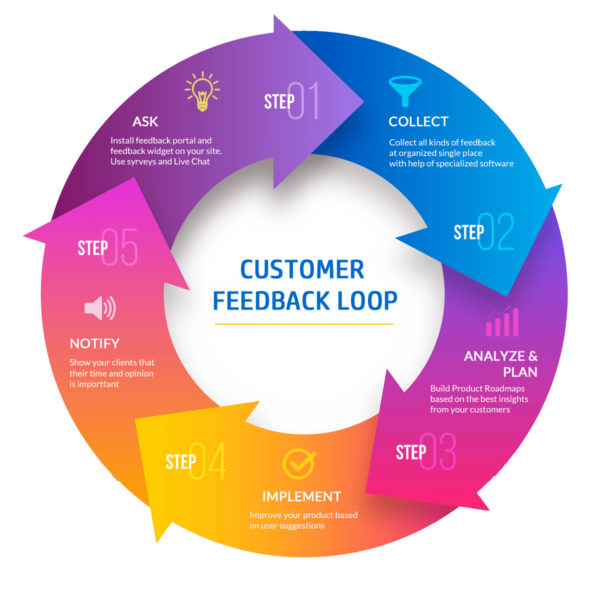For as long as the business world has existed, there have always been unhappy customers. No matter what type of business you are in, how big it is, what your target market is, or what your reputation is, there is always a customer who is never 100% satisfied with the product or service they receive.
Dealing with a difficult customer can be a complicated task. It’s almost an art!
In this article we will examine the different aspects that make up a dissatisfied customer, and we’ll explore how to handle such situations in the best way possible.
What is a dissatisfied customer?
There are different types of dissatisfied customers. Some may react aggressively, others may remain silent but vow never to use your company again. The trick is to not be put off by these different reactions, but rather understand why they are feeling this way.
The objectivity of a dissatisfied customer is an advantage for your business
Some of these dissatisfied customers will let you know very quickly that they are dissatisfied- and that is a good thing! Leaving a dissatisfied situation to fester will only make it worse and lead to greater attrition in the long-run.
If you had to give a medal for the best dissatisfied customer, it would be for the sincere and objective customer. When a customer tells you very clearly and simply why they are dissatisfied, it is a godsend for you.

Of course, it is important to reassure the customer and to let them know that you are listening and are doing everything necessary to correct the problem.
By being listened to as soon as the situation occurs they will feel valued, and after your teams have reacted to this point of friction, they will be able to mark the scenario as a potential pain point for the future. In 99.9% of cases, the issue results in an improvement of your product/service and your customer experience.
It’s a win-win situation.
Don’t react emotionally to an aggressive disgruntled customer
The very first social network appeared in 1997. It was the beginning of a new world. Since May 2021, social networks have more than 4.33 billion users, or 55.1% of the world’s population, according to a study by Onlyso.
Why do we mention social networks? Because they make it much easier for customers to be aggressive in expressing their dissatisfaction.
It is the perfect place for a dissatisfied customer to complain without any clear way to deescalate a situation by your customer support team.

This is exactly the kind of situation where you should be “afraid” of a dissatisfied customer. Negative online reviews are the worst kind of advertising for your brand, as they are visible to everyone and impossible to remove.
However, this is no reason to be aggressive when responding to these comments.
As mentioned, the comment is visible to the public. The same applies to your response.
It is therefore in your interest to reply to the comment and take the conversation to a setting where it’s just your support team and the client, and they can work through the problem together. Airing your dirty laundry helps no one.
Listen in all circumstances
Listen to the customer. Try to calm down the situation and let them know that you are sorry for the misunderstanding and that you will fix the issue quickly.
In addition, you can contact the customer directly to get more details about the bad experience. You can also offer them a discount voucher or make a commercial gesture.
Be careful not to get involved with an opportunistic customer who writes bad reviews just to get something in return. This type of “dissatisfied” customer is quite easy to recognize, as it will not take long for them to ask you directly to make a commercial gesture.
Give your most discreet customers a voice
Finally, there are a group of dissatisfied customers who “ghost” your business. They don’t give you any sign of life after a bad experience because they have simply unsubscribed or will never come back to buy from you.
This type of disgruntled customer is one of the hardest to detect because you are in no way alerted to their dissatisfaction. These are potentially the most damaging to your business as you could have a high attrition rate in a particular touchpoint without you or the support team having any idea.
It is at this point where you realize the importance of being proactive and not waiting for customers to come to you. Send regular micro satisfaction surveys to your customers. Do it concisely, efficiently and above all at the right time.

If we take the case of a restaurant, you can imagine that it would make not much sense to send a single survey to the entire database at one time of the year. Customers who have eaten in that restaurant 6 months earlier will no longer be able to give constructive feedback.
Moreover, this is the best way to avoid listening in real time to those silent customers who disappear from one day to the next.
That’s why you need to make sure you send out your survey at the right time. For example, a day after a customer’s visit. Or by highlighting a QR code leading to the feedback form on the menu or receipt. In this way, the customer will be able to give feedback on their experience immediately.
How do you deal with a difficult customer and turn him into an ambassador for your brand?
It may sound unlikely, but having an unhappy customer doesn’t always mean that they won’t want to be your customer.
Change your mindset when faced with dissatisfaction
Your state of mind and the vision you have of a dissatisfied customer. Dissatisfaction does not always equal attrition.
Indeed, as customers ourselves, we sometimes complain. Recognizing that we don’t cancel everything immediately, but instead wish that the business would improve in a particular way, is exactly what we need to be focusing on.
It’s exactly the same in your company. Whether B2C or B2B, your customers do not disappear overnight.
It all comes down to the moment you detect that friction point. If you hear your customer without listening to them, there is a good chance that they will go elsewhere.
But if you listen carefully to their feedback, they will feel that they are part of your improvement. In fact, as mentioned in this article about NPS, a large proportion of detractors (with an NPS score of 0 to 6) will tend to become promoters.
How? Simply because they feel listened to by the company in question.
Knowing how to listen to and understand negative feedback is not an easy task, and you don’t have to do it just to satisfy the customer, but instead improving the overall customer experience.
Dissatisfaction is a key to improving the customer experience
While customer satisfaction can and should be one of your top priorities, there are other benefits to proactively listening to your dissatisfied customers.
Let’s take the example of a software company. One of its customers is not satisfied with the platform. He will explain the problem by giving negative feedback.
Now imagine that this customer is a Quality Control Developer. His job is to list the smallest issues within your tool. He will then test and re-test the platform from every angle until he finds the slightest friction.
However, this does not mean that he will churn or that your software is bad. On the contrary, by bringing each incident forward, it will allow the product team to fix the concern, and solve the issue for potentially thousands of other clients.
It’s exactly the same with your unhappy customer. Take an opportunistic view of their negative feedback. Use this feedback to improve your product and ultimately improve the customer experience. You will then enter a virtuous circle, also known as a feedback loop, leading to a positive knock-on effect to your overall customer experience.

In summary: how do you deal with an unhappy customer?
We have seen that there are different types of dissatisfied or potentially dissatisfied customers. Nevertheless, the way you should interact with these different profiles is more or less similar:
- Listen proactively under all circumstances.
- Try to be empathetic, to understand how the customer feels about the problem.
- Align your teams to be constantly focused on the customer. (customer-centric)
- Handle a difficult customer in a calm and reassuring way by showing that you are listening.
- Act as quickly as possible on any negative feedback.
You now hold all the cards to avoid an increase in your churn rate. However, if you would like to know more about how to be proactive, collect continuous feedback, and offer your team an interactive and insightful experience, you can discuss it with us directly by scheduling a demo.






